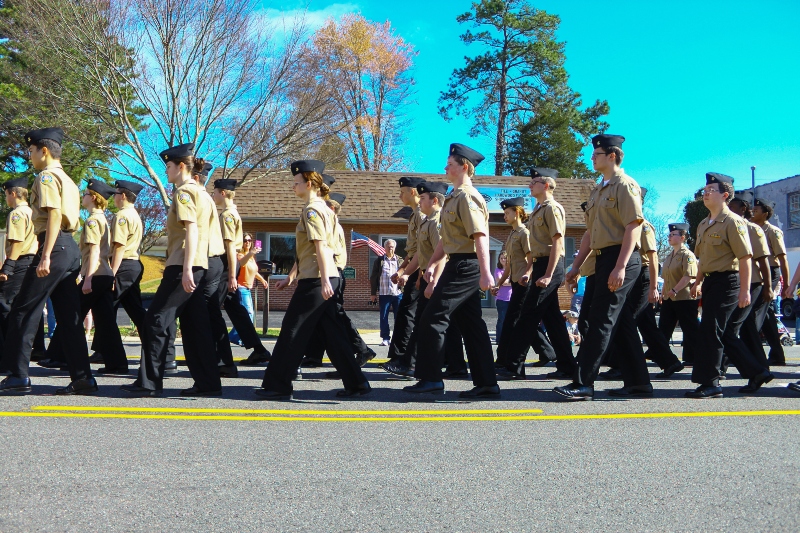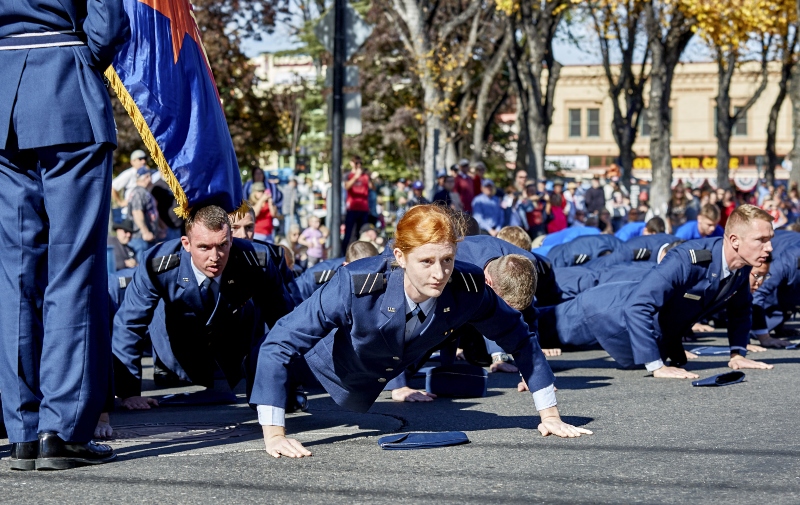
The History and Current Structure of the Reserve Officer Training Program
Welcome to the second installment of our blog series exploring the Reserve Officer Training Corp (ROTC) program. In the first installment, we learned what the ROTC is and what questions you should ask yourself to decide if this program is a good fit for you. In this installment, you’ll learn how the scholarship program is structured, what is expected of scholarship recipients, and a brief history of the ROTC.

ROTC Scholarships Begin When Your College & ROTC Program Interests Align
The scholarship program and the college application process are two separate applications. The scholarship you apply for is specific to one branch of the service, and you need to be accepted to one or more colleges that have an ROTC program for that branch of service. In other words, you need to decide on a college that offers a program for the branch of service you are interested in joining– Army, Navy, Air Force – and once you those choices are aligned, you will be able to start the ROTC scholarship application at your chosen college.

The Origins of the ROTC
First, a little background on the concept. The origin of college-educated military officers in the US starts with the founding of the United States Military Academy (West Point) in 1802, followed by the United States Military Academy (Annapolis) in 1845; years later, the US Air Force Academy was founded in 1954. A few colleges tested training programs for future officers between 1804 and 1861; the Land Grant College Act of 1862 established the State University system in each state, and required these universities to teach military tactics courses. Many graduates of Land Grant colleges would go on to leadership on both sides of the Civil War. Education through public and private colleges ebbed and flowed over the next 100 years, with Navy ROTC being established in 1926, until the ROTC Vitalization Act of 1964 created the ROTC programs of today, in which the program of instruction became more closely aligned with a college education than ever before. Scholarships were made available to qualified cadets, and monthly stipends were offered. Many of the well-known leaders were ROTC graduates, including General Colin Powell and General George C. Marshall, sixteen astronauts and eight Senators.

Obligations and Commitments of the ROTC
The primary purpose of ROTC is to create entry-level officers for the US military. It is vitally important that a high-school student know what they’re committing to by joining an ROTC program. Upon graduation from college, you will owe 4 to 5 years of active duty, and another 3-4 years of reserve duty, to the branch of the military (Army, Air Force, Navy, Marine Corps) for which the ROTC program prepared you. ROTC is not a club or an extracurricular activity, but rather it is preparation for a specific job after graduation: Second Lieutenant in the US Army, Air Force, or Marine Corps, or Ensign in the US Navy.
Every one of the ROTC programs has a summer training course – intended to both educate the future officer, and provide an experience in the military environment. So, while your non-ROTC classmates are off doing summer internships, you will be embedded in training at a military base with other ROTC students for your branch of service.
An ROTC program is attached to a specific college – some have more than one branch of service, and some have shared programs between two colleges within the same city. Because each of the three branches have their own unique schedule, obligations, and benefits, we will discuss Army, Air Force, and Navy/Marines ROTC separately in the final installment of this blog series. But it is important to remember that the more financial benefits you get (tuition, books, stipend), the more obligation you incur.
Finally, a note about scholarships and obligations. The overall concept is: once you start receiving a scholarship you are moving towards an obligation to serve in the military upon graduation, or to pay back the scholarship if you drop out of college. This article will only describe the ‘success’ case i.e. if you get into college and you graduate in four years. As Gene Krantz, an Air Force ROTC graduate, said in Apollo 13, ‘Failure is not an option”. But before signing the papers to begin tuition payments from your ROTC scholarship, you need to speak with the Military Science department about your exact circumstances, and the consequences, if you don’t graduate.
In the final installment of this blog series exploring the Reserve Officer Training Corps, we will take a look at the three branches of the military in relation to ROTC: the Army, Air Force, and Navy/Marines.